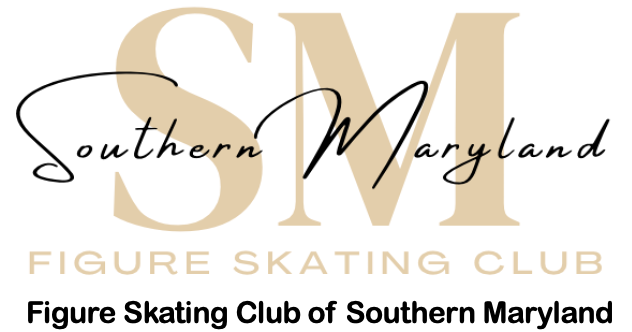What is Synchro?
Synchronized skating – also known as “synchro” – is an ice skating discipline where teams of 8 to 16 (or more) skaters perform a choreographed routine on ice in unison. Synchro is characterized by speed, accuracy, intricate formations, and transitions. The skaters perform a routine comprising various elements, including skating in circles, lines, blocks, and intersections, and performing lifts and spins. The choreography is often set to music and can range from classical to modern. While most synchro skaters are female, male figure skaters can participate, and teams can consist of both female and male skaters.
Synchronized skating was initially known as precision skating due to the precise movements and timing involved. The first synchro skating team – known as “The Hockettes” – was formed in 1956 under Dr. Richard Porter. The team performed during intermissions of the University of Michigan Wolverines hockey team. Interest in the sport increased in the 1970s, and teams began to incorporate more sophisticated routines. The first official international synchro competition was held between Canadian and American teams in Michigan in March 1976. The International Skating Union (ISU) recognized synchronized skating as a discipline in 1994, and it has been included in the World Figure Skating Championships since 2000.
Ice skating is often an individual sport; however, synchro allows skaters the opportunity and experience of competing with a team. There are currently more than 600 synchro teams in the United States. The two primary governing bodies for United States figure skating – the U.S. Figure Skating Association (USFSA) and the Ice Skating Institute (ISI) – both host synchro teams.
USFSA emphasizes programming for competitive skaters and provides the sanctioned path to World and Olympic competitions. Under USFSA, the non-qualifying (i.e., do not go to the National Championships) synchro divisions include Beginner, Pre-Juvenile, Preliminary, Open Juvenile, Open Collegiate, and Open Adult. The qualifying divisions include Juvenile, Intermediate, Novice, Junior, Senior, Collegiate, Adult, and Masters.
ISI emphasizes programming for recreational and fitness skaters. ISI’s synchro divisions differ slightly from USFSA and include Tot, Junior Youth, Youth, Senior Youth, Teen, Collegiate, Adult, and Master. Under ISI, teams can also compete in five categories: Formation, Advanced Formation, Skating, Open Skating, and Dance.
Synchronized skating is a unique and exciting sport that requires a high level of skill, coordination, and teamwork. It has become increasingly popular over the years, and its inclusion in the World Figure Skating Championships has helped to elevate its status as a legitimate form of figure skating. Whether you are a competitive skater or just looking for a fun and challenging activity, synchronized skating is a sport that offers something for everyone.
Capital Clubhouse Skating Academy now offers a synchronized skating class. This class is being developed to become a team next season under the Figure Skating Club of Southern Maryland and possibly have a routine in the Spring Ice Show. For more information, contact the Skating Director at skatingdirector@capitalclubhouse.com or sign up at the Capital Clubhouse website.

